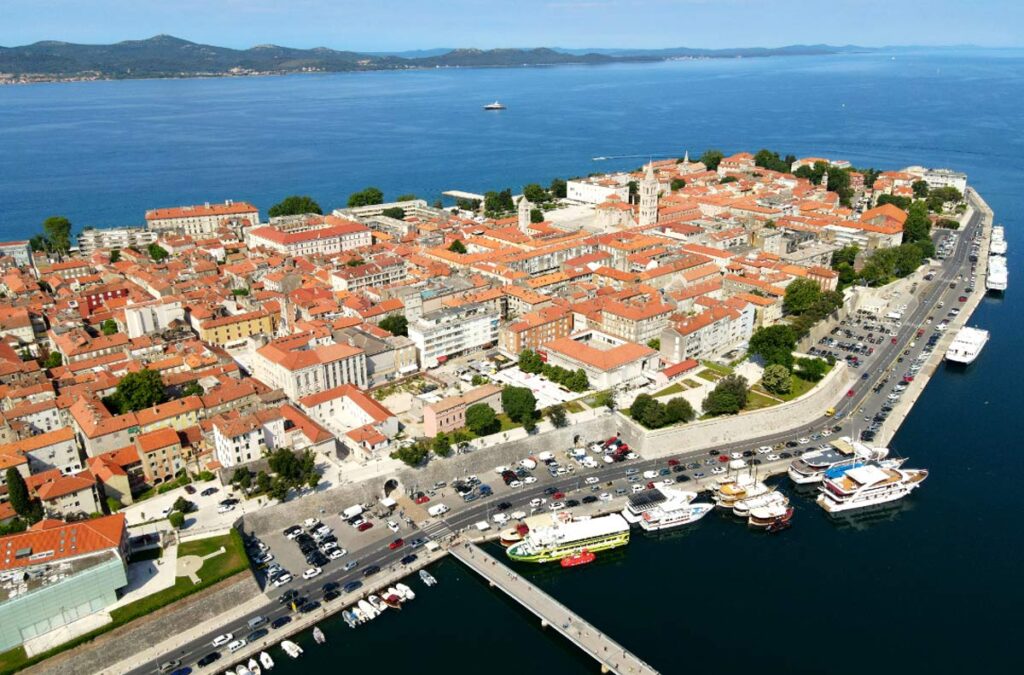Introduction: Croatia – A Gem of the Adriatic
Croatia, nestled along the dazzling Adriatic Sea, is a captivating travel destination that combines breathtaking natural beauty, a rich cultural heritage, and an enticing Mediterranean lifestyle. From enchanting medieval towns to idyllic islands, Croatia offers an impressive mix of historic charm, unspoiled nature, and modern amenities. Travelers from around the globe are drawn to the country’s diverse attractions: UNESCO-listed wonders, crystalline waters, picturesque coastal landscapes, and vibrant cities bursting with character.
Whether you’re a history aficionado, a nature lover, or simply looking to unwind by the sea, Croatia has something for everyone. From the iconic city walls of Dubrovnik to the cascading waterfalls of Plitvice Lakes National Park, Croatia’s allure lies in its ability to seamlessly blend old-world charm with 21st-century recreation. Visitors leave not just with beautiful photographs, but with unforgettable memories of a land where cobblestone streets meet azure horizons and ancient secrets lie waiting to be discovered.
1. Plitvice Lakes National Park
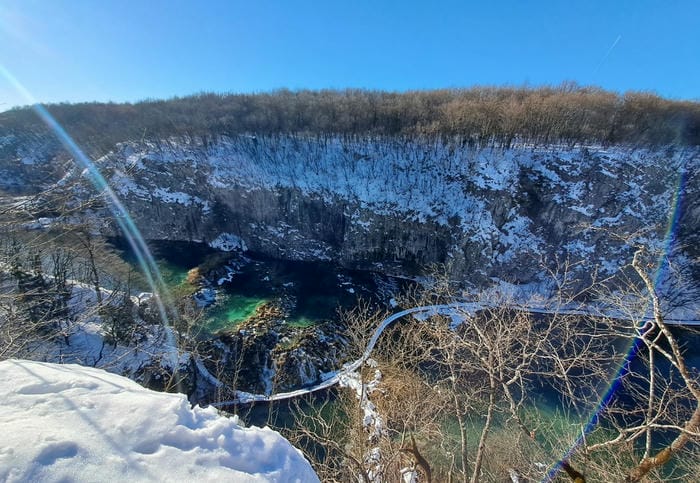
One of Croatia’s crown jewels, Plitvice Lakes National Park, is a UNESCO World Heritage site known for its magical cascading lakes and lush forests. Located in the mountainous central region of the country, the park spans over 30,000 hectares and is home to 16 interlinked terraced lakes that cascade into each other through a series of mesmerizing waterfalls. The park’s centerpiece is the awe-inspiring Veliki Slap, the tallest waterfall in the park, which plunges 78 meters into a turquoise pool below.
Nature lovers will find no shortage of activities here. Explore the park’s network of wooden boardwalks, allowing for up-close views of the lakes and waterfalls, or embark on hiking trails tailored for varying fitness levels. The park is also a dream destination for wildlife enthusiasts, as it is home to diverse flora and fauna, including bears, lynxes, and numerous bird species. The crystal-clear waters, adorned with vibrant aquatic life, also make it a haven for photography.
Tips for Visitors: The best way to fully experience Plitvice is by starting early in the morning to avoid the midday crowds. Comfortable footwear is a must, as you’ll be walking extensively. Don’t forget your camera — Plitvice’s scenery is literally postcard-perfect!
2. Dubrovnik’s Ancient Walls
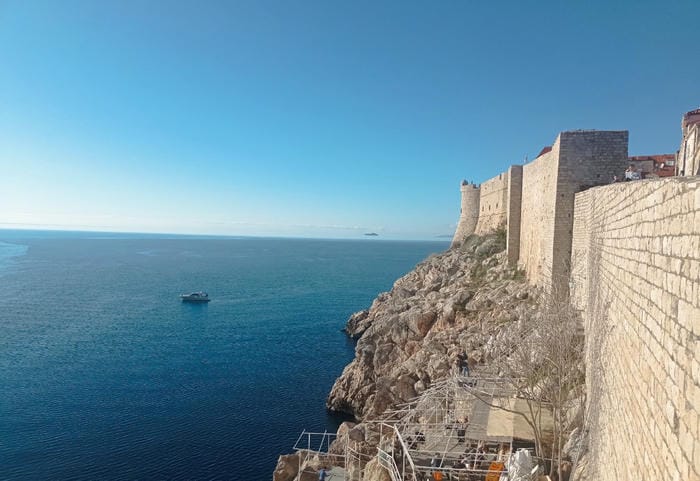
Often referred to as the “Pearl of the Adriatic,” Dubrovnik is a stunning coastal city best known for its breathtaking Old Town and mighty defensive walls. This UNESCO-listed historic quarter is a labyrinth of narrow cobblestone streets, historic monuments, and striking architecture, all wrapped in a dramatic setting against the shimmering Adriatic Sea.
The City Walls of Dubrovnik, which stretch nearly 2 kilometers around the Old Town, are a highlight for visitors. Built between the 12th and 17th centuries, they offer stunning panoramic views of terracotta rooftops and the endless sea beyond. Key landmarks along the walls include the Lovrijenac Fortress, which guards the city from a high cliff, and the Minceta Tower, an iconic symbol of Dubrovnik’s formidable defenses.
Tips for Exploring: Visit early in the morning or later in the afternoon to beat both the heat and the crowds, especially during the summer months. A sunset walk along the walls is a particularly enchanting experience. If you’re a “Game of Thrones” fan, don’t miss the themed tours showcasing the filming locations used in the popular series.
3. Discover Hvar Island: A Blend of History and Nightlife
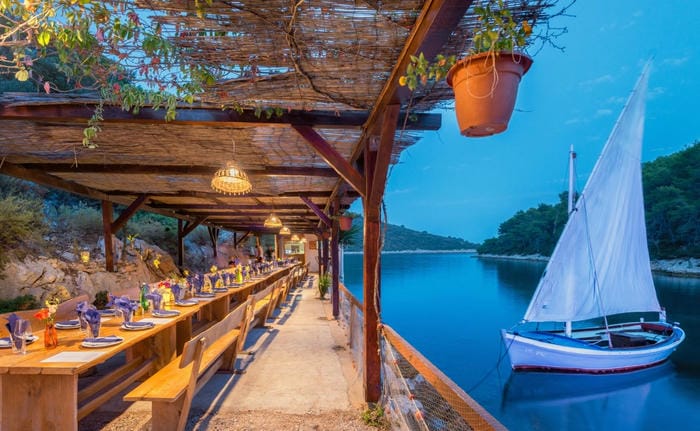
The sunniest island in Croatia, Hvar, is an irresistible blend of historic charm and modern vibrancy. Known for its energetic nightlife and scenic beauty, Hvar is an ideal destination for those seeking both relaxation and adventure. Wander the cobblestone streets of Stari Grad, Croatia’s oldest town, or explore the Pakleni Islands, a cluster of vibrant islets just off Hvar’s coast.
For nature enthusiasts, Hvar brims with opportunities. Rent a bike and glide past sprawling lavender fields that burst into bloom during the summer, or jump into the crystal-clear waters for swimming or snorkeling. History buffs will appreciate exploring landmarks like the Fortica Fortress and St. Stephen’s Cathedral, which reflect Hvar’s rich cultural heritage.
The island comes alive as the sun sets, with stylish beach clubs like Hula Hula and bars in Hvar Town setting the stage for unforgettable evenings.
Tips for Visiting: Although Hvar Town is where the action happens, consider visiting the quieter side of the island, such as Stari Grad or Jelsa, for a more laid-back experience. Also, plan your trip for summer to enjoy festivals celebrating lavender and traditional Dalmatian culture.
4. Krka National Park
Nestled in central Dalmatia, Krka National Park dazzles visitors with its seven cascading waterfalls, emerald pools, and pristine landscapes. The highlight is undoubtedly Skradinski Buk, a long series of tumbling waterfalls with walkways that grant visitors unparalleled views. Unlike Plitvice Lakes, Krka allows swimming in designated areas, allowing you to cool off in the refreshing waters while surrounded by natural splendor.
The park is also home to the Visovac Monastery, a small but picturesque religious site located on a tiny island in the middle of a lake. The monastery can be explored via boat tours, which also offer stunning views of the park’s dramatic cliffs and lush surroundings.
Activities for Visitors: Beyond swimming and photography, visitors can enjoy gently hiking along the park’s trails or taking a boat cruise down the Krka River. Keep an eye out for diverse wildlife such as herons, owls, and otters.
Tips for Visiting: Arrive early to beat the heat, and don’t forget your swimsuit and water shoes for a refreshing swim at Skradinski Buk. While you can explore on your own, guided tours offer a wealth of information about the park’s unique flora, fauna, and history.
5. Zagreb’s Gornji Grad (Upper Town)
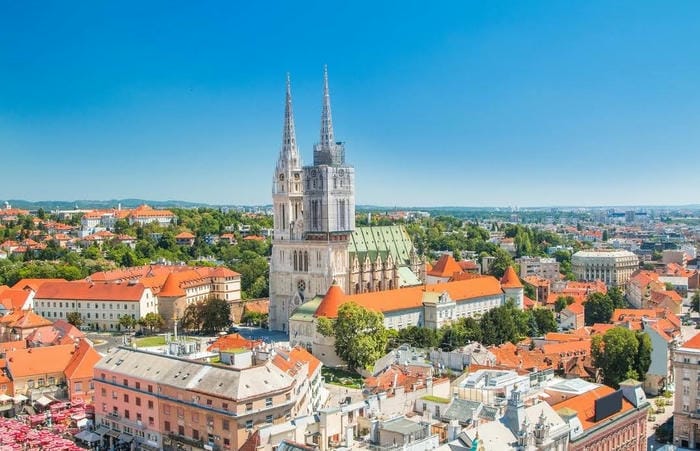
While Croatia’s coastline often steals the spotlight, its inland capital Zagreb offers a dynamic urban experience with a unique blend of history, culture, and modernity. The heart of the city is Gornji Grad, or Upper Town, a charming district where medieval streets and centuries-old landmarks create an enchanting atmosphere.
Walk through St. Mark’s Square, which is home to the iconic St. Mark’s Church, known for its colorful tiled roof depicting the Croatian coat of arms. Nearby, Lotrščak Tower provides panoramic views of the city and daily marks the noon hour with a can’t-miss cannon blast. The district is also filled with quaint cafes, museums, and hidden courtyards waiting to be discovered.
Activities to Enjoy: Join a walking tour to uncover the history of the Upper Town, and don’t miss checking out Zagreb’s quirky Museum of Broken Relationships, an ode to love and heartache.
Tips for Exploring: Zagreb is most enjoyable on foot, so wear comfortable shoes. Take a break at one of the many charming street-side cafes — the coffee culture here is vibrant and deeply ingrained in the city’s lifestyle.
6. Diocletian’s Palace in Split
A visit to the ancient city of Split isn’t complete without exploring Diocletian’s Palace, one of the most impressive Roman architectural wonders in Europe and a UNESCO World Heritage site. Built by Emperor Diocletian in the 4th century as his retirement residence, this sprawling palace forms the heart of modern Split and perfectly encapsulates the city’s unique blend of antiquity and modern life.
Visitors can wander through the Peristyle Square, surrounded by monumental columns and architectural remnants of the past, or climb the Cathedral of Saint Domnius, originally Diocletian’s mausoleum, for breathtaking views of the city. The narrow streets within the palace are now filled with boutique shops, lively cafes, and restaurants offering authentic Dalmatian cuisine.
Tips for Visiting: Plan to visit early in the day or during the evening to avoid the mid-afternoon crowds. Joining a guided tour will provide fascinating insights into the palace’s history and its role in shaping Split’s identity.
7. Rovinj: A Picture-Perfect Coastal Town
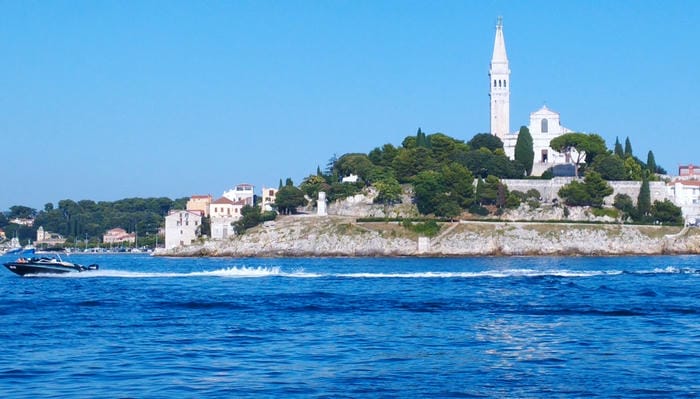
Imagine vividly painted houses tumbling down cobbled streets to meet the sparkling Adriatic — that’s Rovinj, one of Croatia’s most photogenic towns. Located on the Istrian Peninsula, Rovinj’s old-world charm and seaside allure make it a popular destination.
Stroll through the Old Town, where narrow streets are lined with artisan workshops and quaint boutiques. Ascend the hill to visit the Church of St. Euphemia, whose tower offers panoramic views of the surrounding coastline. Rovinj is also known for its art scene; you’ll find galleries and exhibitions sprinkled throughout the town.
Activities to Enjoy: The harbor is the ideal place to enjoy local seafood while watching the sunset, or rent a bike to explore the nearby Golden Cape Forest Park, known for its pine-shaded trails and hidden swimming spots.
Tips: Rovinj is a pedestrian-friendly town, so leave your car behind and enjoy wandering at your leisure. For a romantic touch, book a sunset boat ride to take in Rovinj’s picturesque waterfront from the sea.
8. Pula Arena: Stepping Back in Time
Located in the historic city of Pula, the Pula Arena is one of the most well-preserved Roman amphitheaters in the world, and a must-see for history enthusiasts traveling to Croatia. Constructed during the 1st century AD, this impressive structure was once a site for gladiatorial contests and public spectacles. Today, it serves as a venue for concerts, film screenings, and cultural events, seamlessly blending history with modern entertainment.
The elliptical arena is massive, capable of seating over 20,000 spectators in its prime. Visitors can explore the underground passages where weapons and equipment were stored, and climb up the steps to imagine what life was like during ancient Roman times. The amphitheater also hosts an annual Pula Film Festival, one of the oldest film festivals in Europe, set against the breathtaking backdrop of the illuminated ruins.
Tips for Visiting: If you’re visiting in summer, try to time your visits with one of the cultural events held here — whether it’s a concert or a festival. Bring sturdy walking shoes, as the ancient stone paths can be uneven.
9. Zadar’s Sea Organ and Sun Salutation
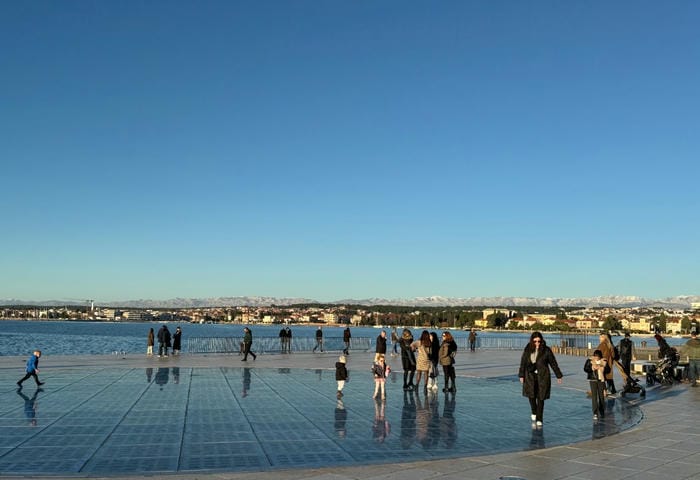
When it comes to unique artistic expressions, Zadar takes the crown with two of its most celebrated attractions: the Sea Organ and the Sun Salutation. These modern art installations creatively connect the natural environment with human imagination, offering visitors an experience they won’t find anywhere else.
The Sea Organ is an architectural sound masterpiece, where waves and wind interact with carefully placed pipes beneath white stone steps to create enchanting, almost otherworldly music. The sound is calming, meditative, and always slightly different depending on the sea’s mood.
Just a few steps away is the Sun Salutation, which features a 22-meter-wide circle of solar-powered glass panels that light up in a mesmerizing display as night falls. The installation stores energy from sunlight during the day, and at night it creates a beautiful interplay of colors, making it a favorite spot for evening strolls.
Tips for Visiting: Time your visit with sunset — watching the sun dip below the horizon while listening to the hypnotic music of the Sea Organ is a magical experience. Don’t forget your camera, as the evening lights of the Sun Salutation are incredibly photogenic.
10. Korčula Island: A Medieval Adventure
Escape to Korčula Island, where medieval architecture, lush vineyards, and turquoise waters converge to create an enchanting destination. Often referred to as the “Miniature Dubrovnik,” Korčula Town boasts charming cobbled streets, fortified walls, and stunning red-roofed buildings that exude historic charm.
One of the key attractions is Marco Polo’s House, a modest but significant site claiming to be the birthplace of the acclaimed explorer. Stroll through the Korčula Old Town, admire its Gothic and Renaissance-inspired architecture, and soak up the island’s laid-back vibes.
Korčula also offers incredible countryside experiences, including wine tours through its vineyards, which produce some of Croatia’s best wines, such as Grk and Plavac Mali. Don’t forget to enjoy the local seafood, especially freshly caught octopus or black risotto cooked with cuttlefish ink.
Tips for Visiting: Korčula is accessible by ferry from Split or Dubrovnik. The island can be explored on foot or by renting a bike — a leisurely ride around the vineyards or olive groves provides a glimpse into Croatia’s rustic beauty.
11. Truffle Hunting in Istria
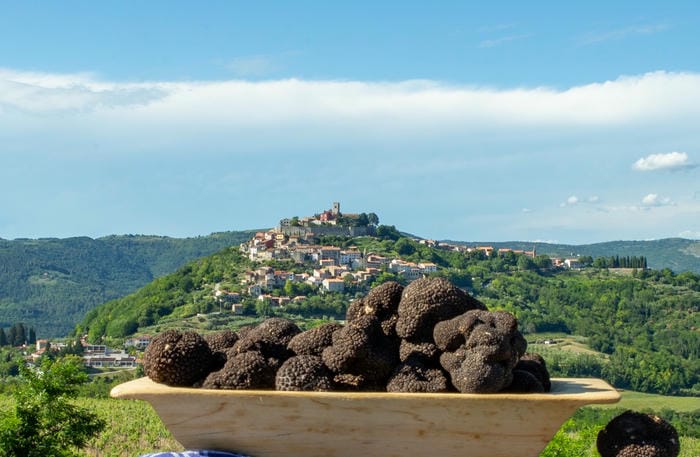
For food lovers, Istria is nothing short of paradise — and truffle hunting is an unforgettable way to connect with this region’s culinary heritage. Known for its fertile landscapes, Istria is abundant in truffles, both black and white varieties, which are highly prized in gourmet cuisines worldwide.
You can join a guided truffle-hunting tour through the dense forests surrounding towns like Motovun and Buzet. Led by expert hunters and their trained dogs, these excursions provide a hands-on experience as you search the forests for hidden treasures buried just beneath the soil. Afterward, enjoy a truffle-tasting session where these aromatic delights are served shaved over pasta, scrambled eggs, or even on bread paired with local olive oil and wine.
Tips for Visiting: Truffle hunting is seasonal, with white truffles being found in autumn (September to December) and black truffles in winter and spring. Be sure to book your tours in advance, as they’re a popular activity among visitors.
12. Blue Cave on Biševo Island: A Natural Marvel
Nestled near the island of Vis, the Blue Cave on Biševo Island is one of Croatia’s most famous natural wonders. Renowned for its mesmerizing hues, the cave glows with an ethereal blue light that results from sunlight passing through an underwater opening and reflecting off the limestone seabed.
Tours to the Blue Cave are conducted in small boats, as the entrance is low and narrow. The experience itself lasts around 15 minutes due to preservation efforts, but those few moments are truly unforgettable. The best time to witness the glowing spectacle is between 11 AM and 1 PM when the sun is at its peak position.
Tips for Visiting: It’s advisable to book a guided tour that combines a visit to the Blue Cave with other nearby attractions like Stiniva Cove or Komiza Town, maximizing the value of your trip. Keep in mind that access may be limited during rough weather conditions.
13. Mljet National Park: A Serene Escape
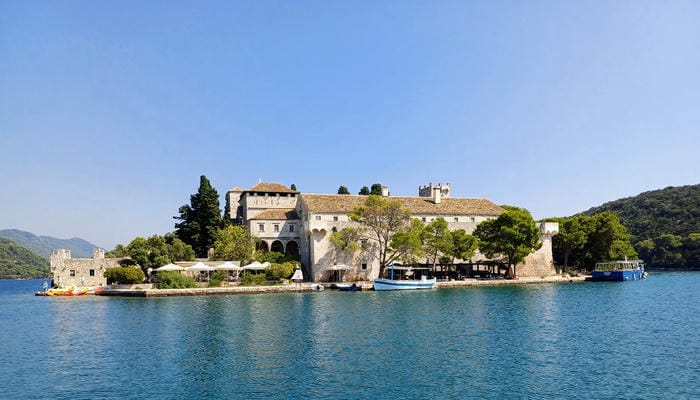
If you’re looking for peace, tranquility, and unspoiled natural beauty, Mljet National Park is the perfect retreat. Situated on Mljet Island, the park encompasses lush pine forests, quiet lagoons, and a pair of saltwater lakes — Veliko Jezero and Malo Jezero.
Veliko Jezero even features a tiny islet with a historic Benedictine Monastery, which can be accessed by boat. The lakes provide a serene environment for swimming, kayaking, or simply unwinding. Beyond the lakes, Mljet offers beautiful hiking and biking trails that meander through its thick forests, offering incredible views of the coastline.
Tips for Visiting: Ferries connect Mljet to Dubrovnik, and bicycles can be rented upon arrival for those who wish to explore further. Visit early in the morning for the quietest experience.
14. Sailing the Dalmatian Coast
Sailing along Croatia’s Dalmatian Coast is an adventure like no other. Stretching from Zadar to Dubrovnik, the coast is dotted with hundreds of islands, each offering a unique experience. Whether you’re renting your private yacht or hopping aboard a guided group tour, sailing lets you explore hidden coves, swim in secluded bays, and enjoy the postcard-perfect scenery of the Adriatic Sea.
Popular stops include Hvar, Korčula, and the Pakleni Islands, known for their pristine beaches and crystal-clear waters. Many sailing itineraries also include stops at historic towns like Trogir and Šibenik, where you can dock for sightseeing and dining.
Tips for Sailing: The summer months (June through September) are ideal for sailing trips, but book your charters early, as demand is high. For a more tranquil experience, consider visiting in May or late September.
15. Paklenica National Park: A Climber’s Paradise
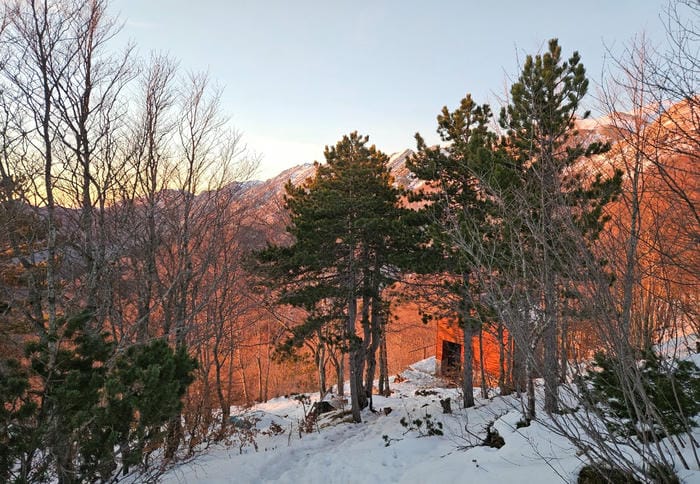
Located in the Velebit Mountains, Paklenica National Park is a destination designed for adventure enthusiasts. Known for its rugged cliffs and dramatic landscapes, the park is a hub for hiking, rock climbing, and mountaineering.
The Velika Paklenica Canyon is the park’s main attraction, with towering limestone cliffs that attract climbers from around the world. For those who prefer hiking, the park offers numerous trails that lead to breathtaking viewpoints and hidden caves.
Tips for Visiting: Bring good hiking shoes, as the terrain can be rough. Rock climbing gear can be rented on-site, but arranging guides or permits in advance is recommended.
16. Trogir’s Historic Center: A Medieval Time Capsule
Just a short drive from Split, the charming coastal town of Trogir is a UNESCO World Heritage site that offers a delightful mix of Venetian, Romanesque, and Renaissance architecture. Its historic center, located on a small island connected to the mainland by bridges, feels like stepping back in time. Stroll through narrow cobblestone streets adorned with medieval stone buildings, lively cafes, and vibrant squares.
One of the town’s crowning jewels is the Cathedral of St. Lawrence, whose intricately sculpted portal by Master Radovan is considered one of the finest architectural accomplishments in Croatia. The majestic Kamerlengo Castle, originally a 15th-century fortress, offers panoramic views of the town and the sparkling Adriatic Sea. For a more leisurely experience, take a walk along Riva, Trogir’s seaside promenade, where you can enjoy drinks and fresh seafood while watching the boats dock.
Tips for Visiting: Visit early in the morning or late in the evening to avoid the crowds, especially during the summer months. Guided walking tours are highly recommended and often include fascinating insights into Trogir’s medieval history.
17. Zlatni Rat Beach on Brač Island: Nature’s Perfect Shape
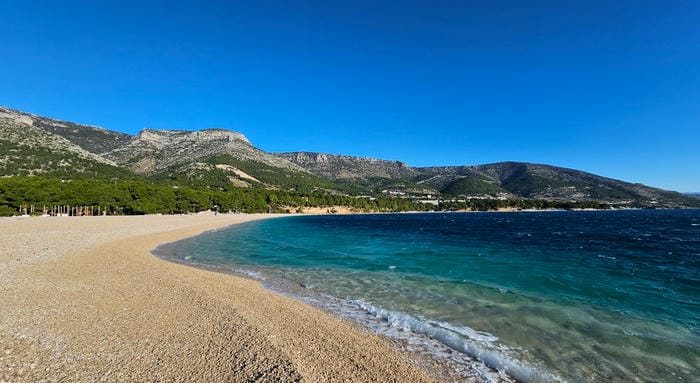
Renowned as one of Croatia’s most striking beaches, Zlatni Rat, or the “Golden Horn,” is a spectacular cape located on Brač Island. Its unique triangular shape, jutting into the Adriatic Sea, creates a stunning contrast between the sparkling turquoise waters and the golden pebbles of the beach. What makes Zlatni Rat even more fascinating is its ever-changing shape, as its tip shifts depending on the currents and winds.
This beach is a hotspot for water sports, especially windsurfing and kitesurfing, thanks to the steady winds that create ideal conditions for these activities. Swimmers and sunbathers will enjoy the clear, warm waters and comfortable lounging areas. For those seeking adventure, take the hike up Vidova Gora, the highest peak on Brač Island, which offers sweeping views of Zlatni Rat and the surrounding islands.
Tips for Visiting: Ferries from Split to Brač Island make getting here simple. If you’re visiting in the summer, arrive early to secure a good spot, as Zlatni Rat is hugely popular. Pack swimsuits, water sports equipment, and plenty of sunscreen!
18. Šibenik’s Cathedral of St. James: A Stone Masterpiece
Croatia is known for its stunning cathedrals, but the Cathedral of St. James in Šibenik is truly one of a kind. This UNESCO World Heritage site took over a century to complete, built entirely of stone without the use of mortar, making it a masterpiece of Gothic and Renaissance architecture. What sets it apart are the intricately carved human faces adorning the exterior — 71 unique sculptures believed to portray individuals from the town during the 15th century.
As you step inside, you’re greeted with incredible vaulted ceilings, a striking dome, and a sense of timeless beauty. The cathedral is central to Šibenik’s charming Old Town, and visitors often combine their visit with a stroll through the town’s narrow streets, vibrant squares, and inviting cafes.
Tips for Visiting: The cathedral is located near the seafront, making it easy to pair your visit with a relaxing walk along the promenade. Guided tours or audio guides provide fascinating context about the construction of this architectural gem.
19. Wine Tasting on Pelješac Peninsula: A Sip of Croatian Tradition
For wine lovers, the Pelješac Peninsula is a dream destination. Known as Croatia’s premier wine region, Pelješac boasts lush vineyards, award-winning wineries, and pristine coastal views. This peninsula is particularly renowned for Plavac Mali, a robust red grape varietal that thrives in the warm Mediterranean climate and produces some of the country’s richest wines.
Many wineries in the region offer guided tours and tastings. Dingac and Postup, two types of Plavac Mali wine, are must-tries for visitors. Wine enthusiasts can also tour family-run vineyards that continue age-old traditions and provide fascinating insights into the winemaking process.
Pelješac isn’t just about wine, though — it’s also known for its Ston Oysters, another local delicacy that pairs perfectly with a glass of crisp white wine like Pošip.
Tips for Visiting: Consider a guided wine-tasting tour that includes transportation so you can sit back, relax, and enjoy the experience. Many tours combine visits to wineries with other Pelješac attractions, like the historical Walls of Ston or its salt pans.
20. Kamenjak National Park: Where Cliffs Meet the Sea
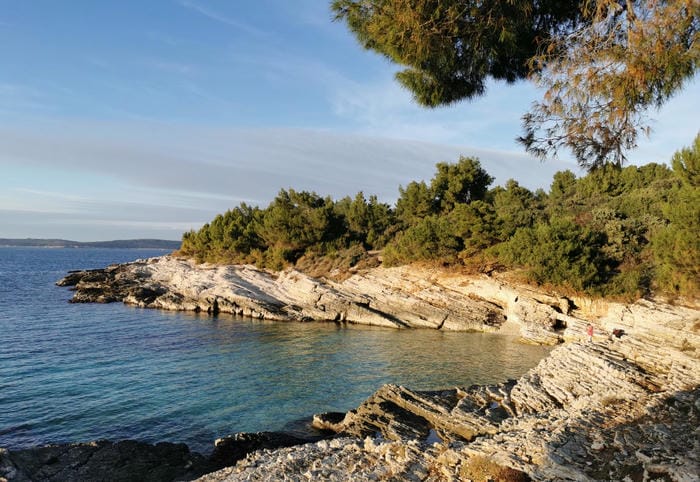
Tucked away on the southern tip of the Istria Peninsula, Kamenjak National Park is a haven for outdoor enthusiasts. Its jagged coastline, pristine beaches, and dramatic cliffs make it ideal for a day of adventure or relaxation.
The park’s cliffs are perfect for adrenaline-pumping activities like cliff jumping, while its hidden coves and beaches offer tranquil spots for swimming and sunbathing. The crystal-clear waters are a snorkeler’s paradise, rich with marine life and underwater rock formations. Biking and hiking trails snake through the park, allowing visitors to immerse themselves in Istria’s natural beauty.
Tips for Visiting: Pack plenty of water, sunscreen, and sturdy shoes if you’re planning to hike or bike. If you’re up for cliff jumping, take care to inspect the water depth beforehand, and ensure it’s safe.
21. Visit Hum – The World’s Smallest Town
Hidden away in the hills of Istria, the medieval town of Hum holds the title of the world’s smallest town. With a population of just around 20 people, it offers a fascinating glimpse into Croatia’s rural charm. The town is enclosed by ancient stone walls and feels like stepping back centuries in time.
Explore its tiny main street, admire its old bell tower and charming church, and enjoy the peaceful atmosphere that sets Hum apart from busier destinations. Visitors can also try biska, a traditional Istrian brandy made with mistletoe, which is said to have originated in Hum.
Tips for Visiting: Hum is small enough to explore in just an hour or two, making it an ideal stop on a day trip through Istria. Be sure to savor the locally made brandy, and bring cash for any souvenirs or snacks.
22. Snorkeling in the Blue Lagoon
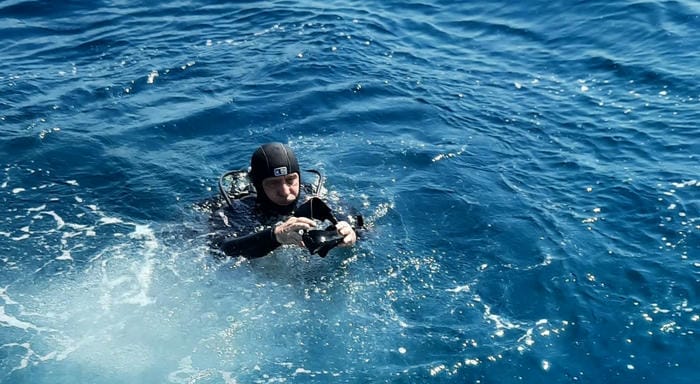
Croatia’s waters are among the clearest in Europe, and nowhere is this more apparent than in the breathtaking Blue Lagoon, located between Drvenik Veliki Island, Drvenik Mali Island, and the northeast coast of Šolta Island. This lagoon, with its shallow, glowing turquoise waters, is a magnet for snorkelers and swimmers.
The underwater world here includes colorful fish, coral reefs, and hidden rock formations. You can book a boat tour from Split or Trogir, allowing you to spend a few hours in this idyllic location floating, swimming, or exploring marine life.
Tips for Visiting: Bring your snorkeling gear, but don’t worry if you forget — most tours provide it. The lagoon can be crowded in peak summer months, so consider visiting during the shoulder season for a quieter experience.
23. Explore the Kornati Islands: A Secluded Paradise
Known as Croatia’s “nautical paradise”, the Kornati Islands are a stunning archipelago of 89 islands, islets, and reefs scattered across the Adriatic. Protected as a national park, this area combines rugged beauty, crystal-clear waters, and a distinct sense of solitude that captivates travelers. It’s a popular destination for sailing, diving, and snorkeling.
Visitors can enjoy secluded beaches, cliff jumping, and exploring the islands’ unspoiled landscapes. The Kornati Islands also offer unique archaeological remains, such as ancient Roman villas, old churches, and medieval fortifications.
Tips for Visiting: The islands are best accessed by organized boat tours departing from Zadar, Šibenik, or Murter. Be sure to pack snacks and plenty of water, as the islands are largely uninhabited and amenities are limited.
FAQs Section
1. What are the must-see attractions in Croatia?
Croatia offers a vast array of attractions, including Plitvice Lakes National Park, Dubrovnik’s Ancient Walls, Hvar Island, and Diocletian’s Palace in Split. For nature lovers, don’t miss Krka National Park and Mljet National Park, while history buffs will adore Pula Arena, Trogir, and Šibenik’s Cathedral of St. James.
2. How much time should I spend at Plitvice Lakes National Park?
Plan to spend at least half a day to a full day exploring Plitvice Lakes. There are multiple trails ranging from 2 to 8 hours, each offering stunning views of its cascading waterfalls and lakes. Arriving early ensures a more serene experience and avoids the largest crowds.
3. What is the best time to visit Croatia?
The peak travel season is during the summer months (June to August), ideal for beach days and lively festivals. The shoulder seasons (May and September) offer milder weather, fewer crowds, and lower prices, making them perfect for sightseeing and outdoor activities.
4. How can I travel between Croatian islands?
Croatia’s islands are connected by a reliable network of ferries and catamarans, making island-hopping convenient. Operators like Jadrolinija and Krilo offer services between popular destinations like Split, Dubrovnik, Hvar, and Korčula.
5. Is it safe to travel solo in Croatia?
Yes, Croatia is considered a very safe destination for solo travelers. The locals are generally friendly and welcoming, and crime rates are low. Like in all travel destinations, stay alert to your surroundings, especially in crowded tourist areas.
Conclusion: Croatia – The Land of Endless Possibilities
From exploring ancient cities like Dubrovnik and Trogir to soaking up the sun on idyllic beaches like Zlatni Rat or Korčula’s hidden coves, Croatia’s diversity ensures something for every traveler. Whether you’re drawn by the promise of adventure, the richness of history, or the lure of the turquoise sea, Croatia consistently delivers unforgettable experiences.
With every corner of this vibrant nation offering a unique story, Croatia invites you to dive headfirst into its incredible tapestry of sights, tastes, and sounds. Get ready to fall in love with the land of the Adriatic — it’s a journey you’ll treasure for a lifetime!
